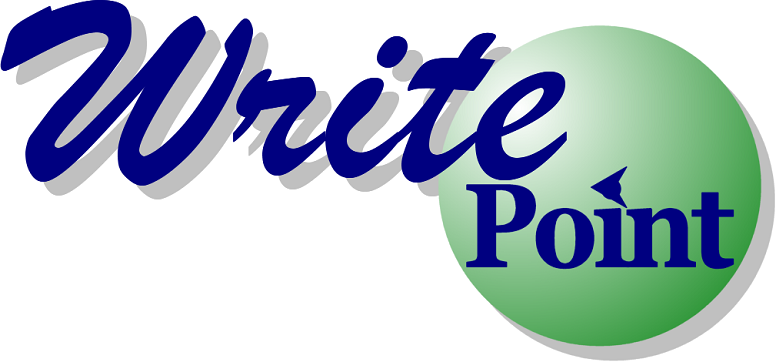When I bought my first cellular phone back in the early 90’s, it was the buy. Having a cellular phone was cool. It was prestigious. It made you look rich. It was an indicator of your social status. Only a few people, usually businessmen and women, could afford one.
These days, you look weird if you don’t have a cell phone. Everyone has one, even young kids. In just 20 short years, the cell phone has turned from an expensive toy for the rich into an indispensible part of our everyday life.
Computers have undergone a similar change. Who ever imagined in the 1960’s or 70’s that the regular man on the street, not just mathematicians or programmers, might need one?
Something similar is now happening to the Darwin Information Typing Architecture (DITA). In March 2011, DITA celebrated its 11th birthday. While the DITA adoption rate is slowly growing, it’s still considered by many to be a technology with a limited use.
DITA is hardly known beyond the technical writing community. Even many technical writers still believe that DITA is suitable just for documenting software products. Just as cell phones or computers were tools for a relatively narrow audience, DITA still remains a tool for technical communicators only. You’ll hardly find a sales representative or a marketing writer using DITA for their documentation.
On top of this, although DITA on its own is free, implementation of a DITA-based solution does require money. Sometimes, it requires a lot of money. That’s why there’s a widely held belief that DITA is just for big companies. And this is not necessarily untrue. There are indeed many costs involved, including buying new tools, the associated learning curve, converting legacy content, customizing output formats, and training. The more content a company has, the more expensive the move can be. So the entry barrier for moving to DITA might be still high.
However, we all know what happened to cell phones and computers. Eventually, they became tools that everybody needs. No, I don’t want to say that in 2030 we’ll be using DITA to cook dinner, but I’m wondering if at some point DITA will spread beyond the technical communication community. Will it be adopted by marketing teams? Will sales teams be able to use it? Who else in a company will benefit from DITA?
To answer these questions, in the next few posts, we’ll analyze the main market trends in an attempt to understand where DITA is heading. Stay tuned – you won’t be disappointed.

